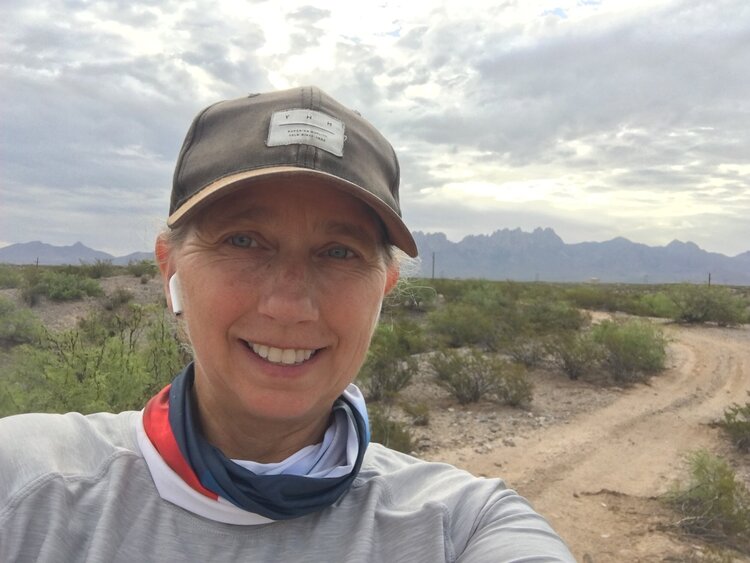No one calls my phone during the day. All of my friends are either associated with the school or keenly aware of my job as a teacher. Plus, in the Netherlands, I just don’t use my phone much. As such, I never bother to turn it off. It sits quietly and happily in my bag all day long.
However, recently, it rang during one of my classes. I was in the middle of guiding my IB students through some activities and they were working independently on and off. My ringing phone was such a curious incident that I decided to check who could possibly be calling me. I looked at the caller ID and noticed it was a parent from the school I know quite well because I teach one of her daughters, my daughter is friends with another of her daughters (who I also had as a student last year) and my husband has coached her youngest daughter. I knew she would not be calling my phone during school time unless there was a need. My students were working independently so I answered the phone.
Apparently, her daughter had left her sports uniform in the locker room at the school before the team had departed for an out-of-town basketball game. This parent was on their way to the game but time was of the essence and they had not planned to stop by the school. She was wondering if there was anyway I could help orchestrate getting that uniform to the front of the school. No problem. I sent one of the students, who was furthest along in her independent work, scurrying to the locker room to find the abandoned uniform and then take it to the front office where the parents picked it up a few minutes later and still make it to the game in time for their daughter to play. All went smoothly and my student returned to the classroom within 5 minutes.
I realized such a scenario could only happen at a small school like ours. We are located in the Netherlands so already the rules are different than in U.S. public schools based on cultural and political differences in the school systems. Our high school student population is under 50 students. We are a family. Everyone knows everyone and they all are “there for each other”. It felt absolutely good and “right” to have answered my phone that day during my lesson. I am so glad to be part of a school family such as ours.
